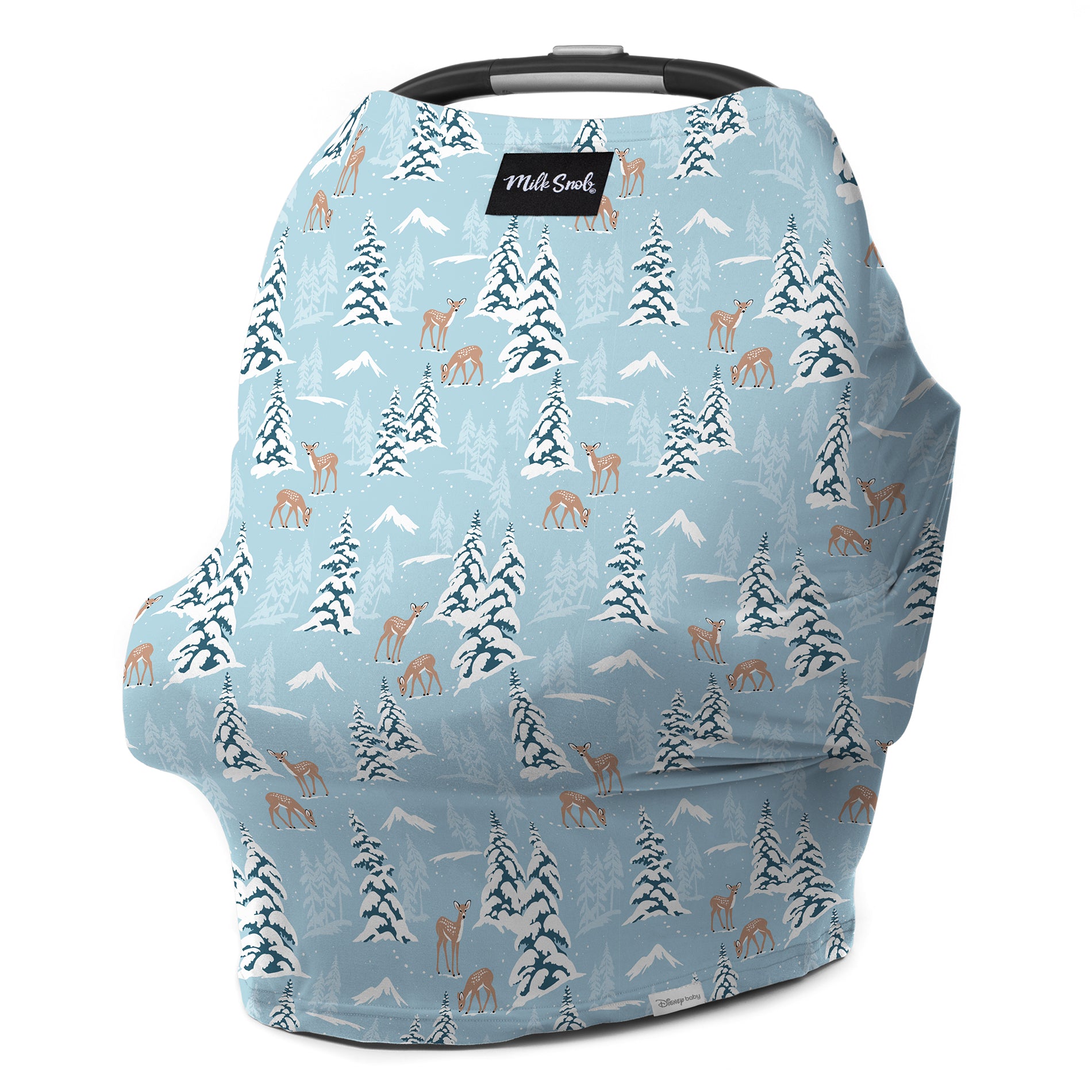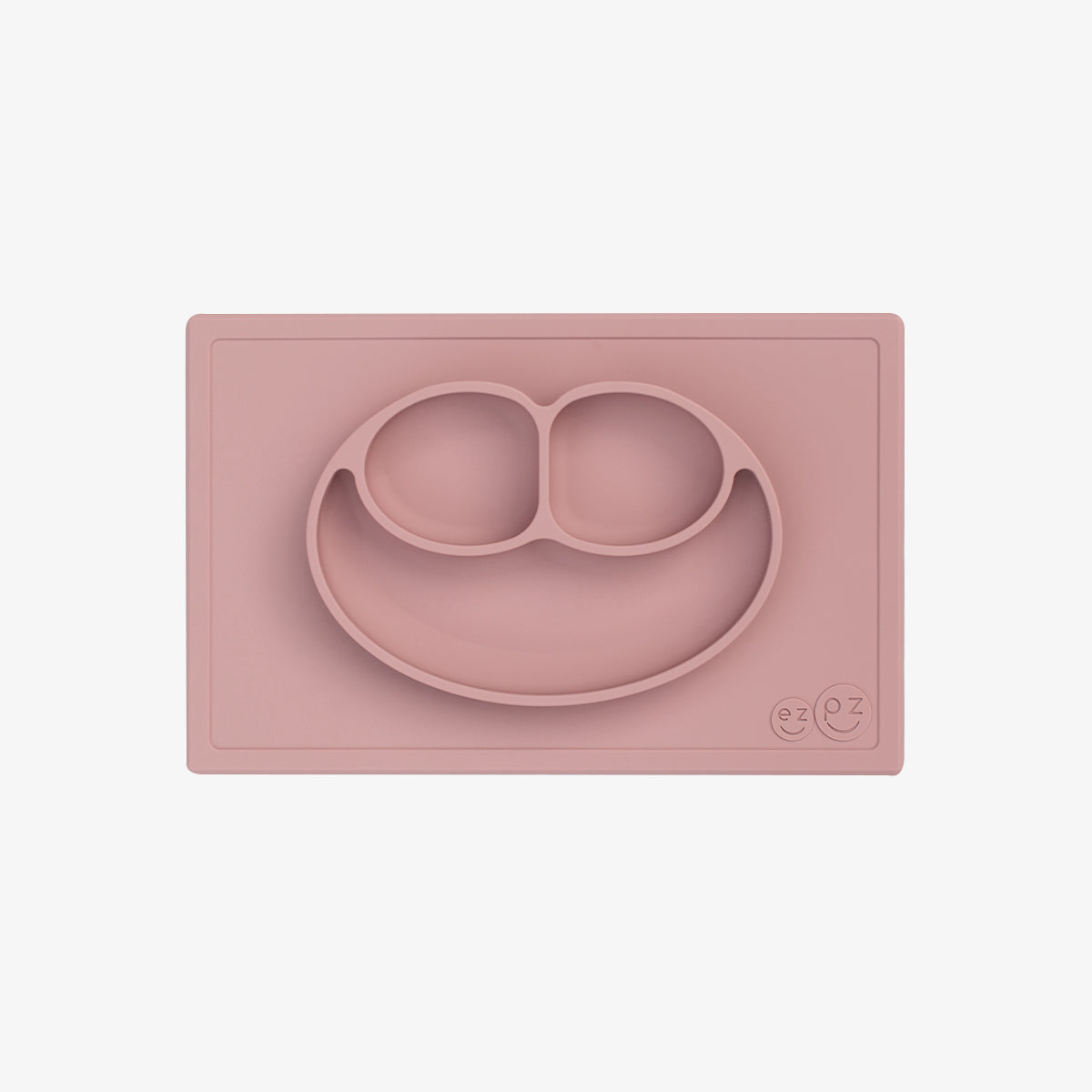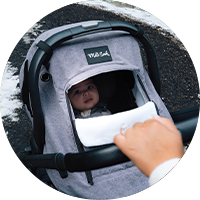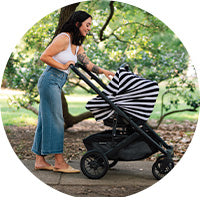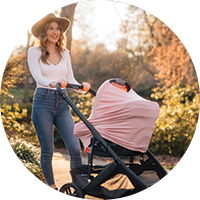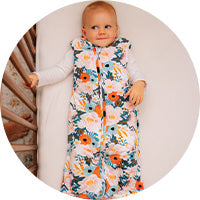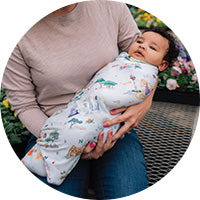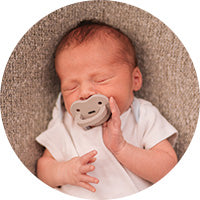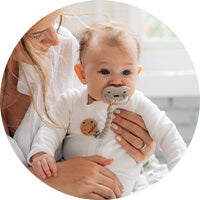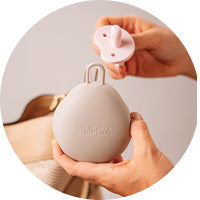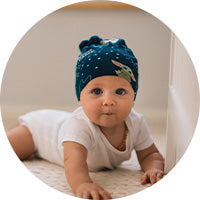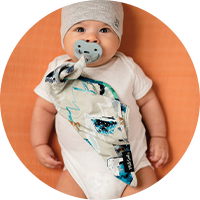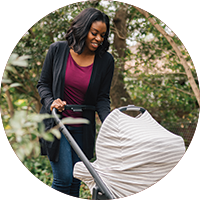Ways To Make Breastfeeding More Comfortable
Breastfeeding is supposed to be the most natural thing in the world. However, many new moms experience pain or difficulties in getting their babies to latch on and nurse. Seek help from a lactation consultant as soon as possible to improve your breastfeeding experience. Try ways to make breastfeeding more comfortable.
Position
There is no one “correct” position for breastfeeding. Each mom and baby pair finds the position that works best for them. Some moms find that using a breastfeeding pillow helps bring their baby to just the right height, with the baby’s head supported comfortably in front of the breast. The pillow can take away some of the strain on a mother’s arms and back when holding the baby for nursing.
Popular breastfeeding positions include:
- Traditional cradle hold – This is the position you typically see with images of nursing moms. Hold the baby with the head supported in the crook of the elbow of the arm on the same side as the breast the baby will nurse on. The baby’s body should be facing in toward you.
- Cross-cradle hold – Reverse the cradle hold by putting the arm opposite the side the baby is nursing from under the baby, supporting the head with your hand. Baby’s bottom will be in the bend of that opposite arm, with their body facing inward toward the mom’s body. This position frees up the hand on the nursing side to adjust the breast for a better latch.
- Football hold – This position helps moms who have had a C-section, because it takes the baby’s weight off the site of surgery, and it helps moms with large breasts. Instead of facing inward across the front of your body, tuck the baby along your side, with their head in your hand and their body supported by your forearm, as if you were carrying a football.
- Laid-back and side-lying positions – In the laid-back position, the mother rests against pillows, lying propped up a little on her back, with the baby lying comfortably on top of her, with their cheek near the breast. Hold and support the baby in your arms and allow their natural rooting instinct to lead them to the breast. Skin-to-skin contact encourages the rooting instinct. Encourage the baby by gently nudging him toward the breast. The side-lying position is a variation where the nursing mother lies on her side, propped up on her elbow with pillows as necessary for support. The baby lies on the couch or bed, facing the mom. Keep the baby close, facing your stomach, with your arm and their nose next to your nipple and their chin touching your breast. This should cause the baby to open wide and latch on. You may need to lift your breast to meet the baby’s mouth and help the baby find the nipple.
Establishing a calm, comfortable position and a quiet environment will help both the nursing mom and the baby relax, which is important to successful breastfeeding. A breastfeeding cover can help make breastfeeding more comfortable by providing a sense of cozy closeness and fostering a lower-stress breastfeeding session.
Latching On
Many new mothers struggle to get their babies to accept the breast with a good “latch.” Latching on is where the baby has its mouth around the nipple, including much of the areola. The baby’s mouth should be wide open, with their lips splayed against the breast. They should have a good mouthful of breast, with their chin and the tip of their nose touching the breast, and their head in line with their body.
With a good latch, you’ll notice the baby getting milk, swallowing, and breathing comfortably. While you may feel a tug, a good latch shouldn’t be painful. To get the baby to latch on, gently tickle their upper lip with the nipple, or their cheek with your finger. Baby’s nose should be level with your nipple. Touching your nipple to the baby’s upper lip should encourage her to open her mouth, and you can then bring the baby in toward the breast to latch on. Aim your nipple toward the roof of the baby’s mouth. Baby’s chin and lower lip should be under your areola, and her chin should be the first thing to touch your breast, with her tongue over her bottom gum.
Some moms find it helps to flatten the breast a little, holding it a bit like a sandwich, to help the baby get a good mouthful and a proper latch.
If the baby is gnawing painfully at the nipple, or the latch is too shallow for him to be getting enough milk, ease your clean finger into the side of the baby’s mouth to break the suction of the latch so you both can try again. If you don’t think your baby is latching on successfully, and especially if the baby isn’t producing enough wet and dirty diapers or gaining weight on schedule, contact your pediatrician and a lactation consultant for help.
Use the “CHINS” reminder to help get into position for a good latch: C is for holding the baby close, so she doesn’t have to reach too far for the nipple; H is for head, to remind you to keep the baby’s head tilted at the proper angle to have the nipple toward the roof of the mouth and in a comfortable place so your nipple doesn’t get munched and mangled; I is for in line, a reminder to keep the baby’s head aligned with their body; and N is for nose to nipple, where the baby is lifted up toward the nipple so you can bring the baby in to latch on. S is for sustainable, meaning the position you’ve chosen is comfortable enough to last through a feeding session.
With each breastfeeding session, check to be sure your baby can breathe through their nose, and their chin is touching your breast. The latch shouldn’t hurt, although you may feel a tugging as the baby takes several short, quick sucks to get the milk flowing. As the “let down” effect gets the milk flowing, the baby will begin sucking more slowly and deeply, with swallowing and breathing in a natural and comfortable sequence.
Nipple Care
Sore nipples are a factor in successful nursing. Care for your nipples by expressing a bit of milk and rubbing it over the nipple area. Allow it to air dry. Breast milk naturally contains antibodies that will help heal and protect the nipple.
Natural lanolin nipple cream can also treat cracked or sore nipples. Breastfeeding more often can help, so the baby isn’t ravenously hungry and aggressive in latching on, and this frequency also helps you to avoid engorged breasts, which can make latching on difficult and painful. Using soothing lanolin-coated pads within your bra to protect your nipples when you’re not nursing can help ease discomfort, but avoid plastic pads, which don’t allow your skin to breathe.
Breastfeeding takes practice. Don’t hesitate to ask for help from a lactation consultant. Try to establish nursing with a proper latch, checked by a nursing consultant, before you leave the hospital. The most important thing is that your baby is getting the nutrition she needs, so don’t allow stress about breastfeeding keep you from pumping and using bottles to ensure your baby gets the benefit of breast milk in quantities sufficient for proper growth and development.






